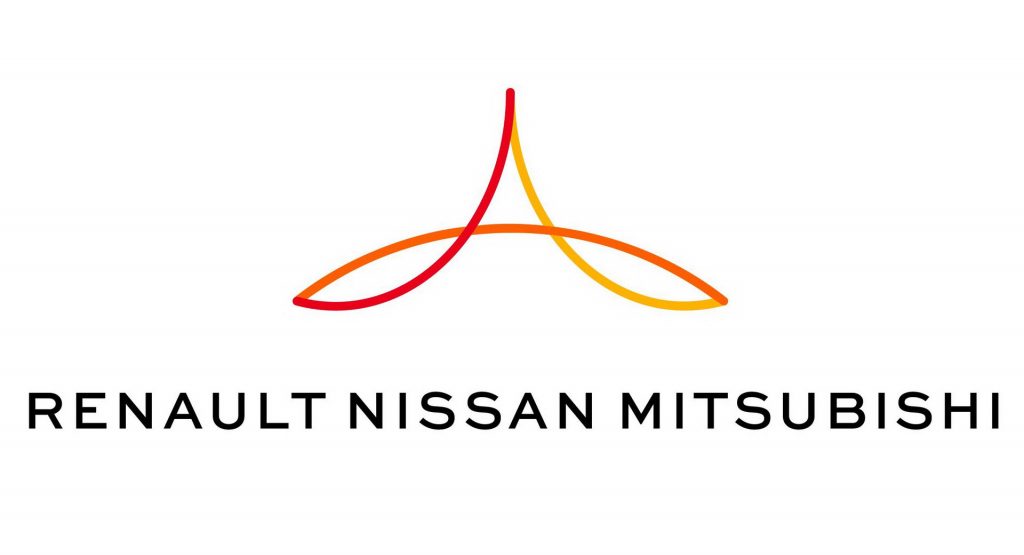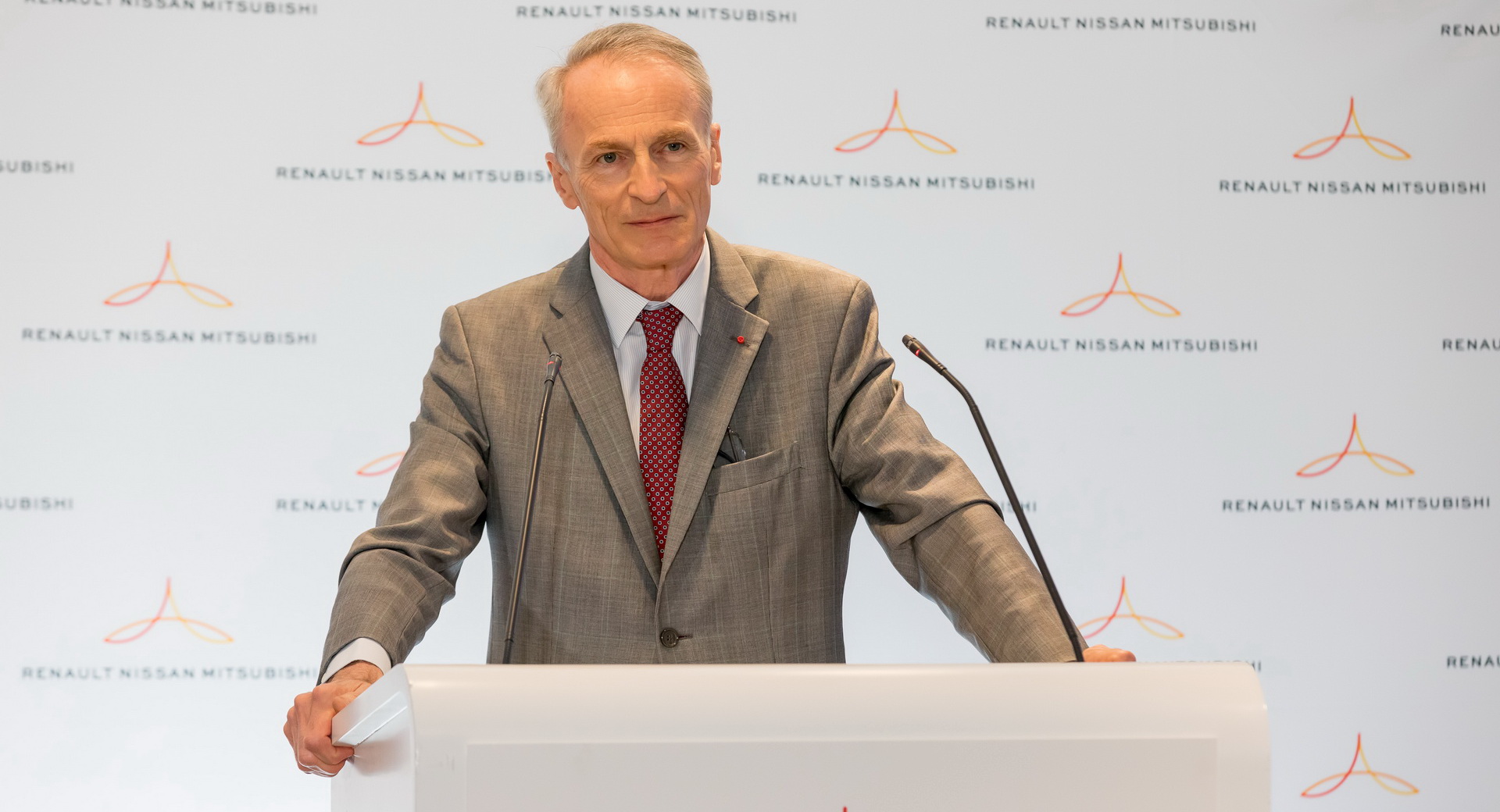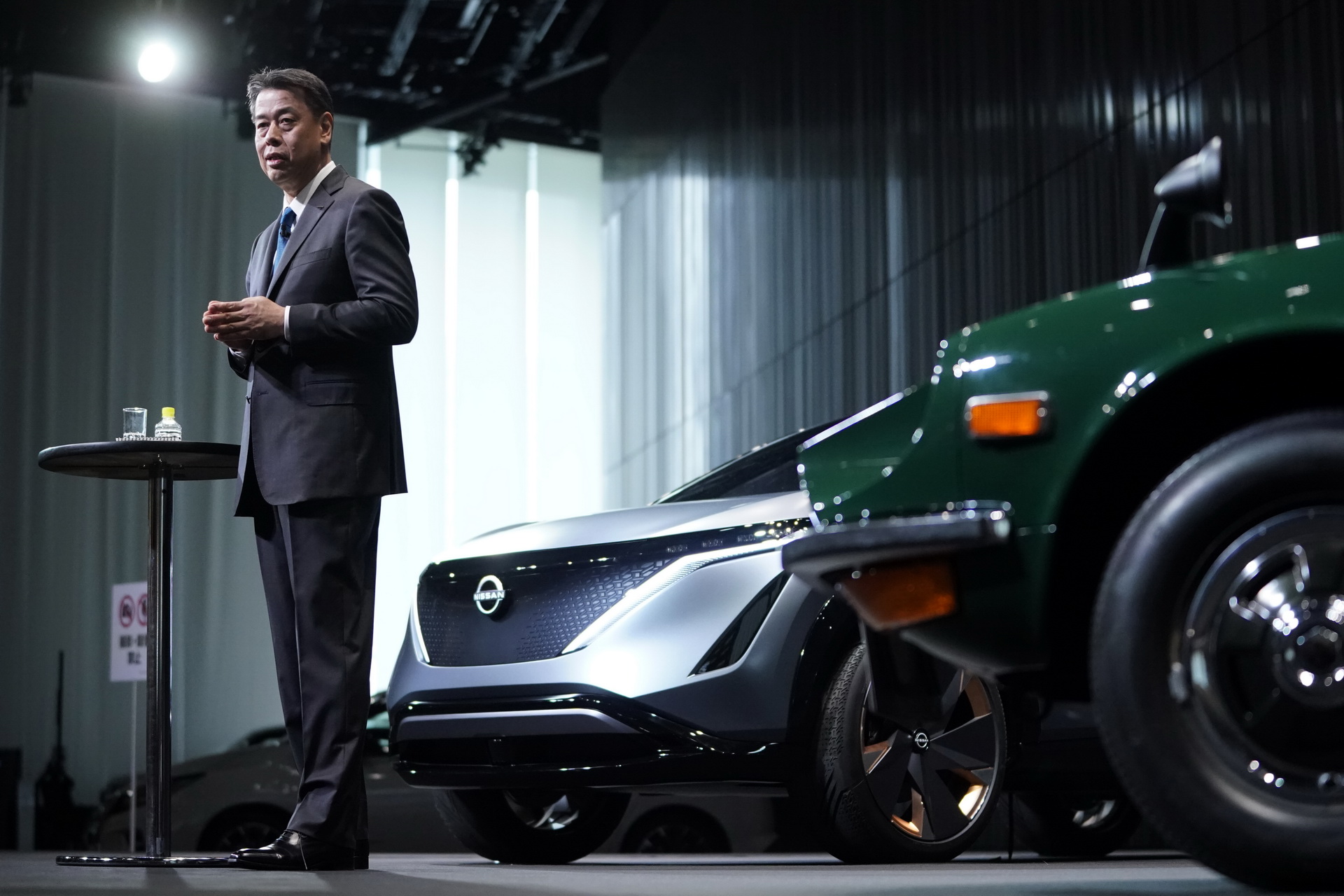Renault, Nissan and Mitsubishi announced today a new strategy focused on cooperating more closely in a bid to cut costs and rebuild their wounded Alliance.
The three automakers said that the new Alliance strategy will also include a “leader-follower” scheme that’s expected to reduce the cost of developing a new model by up to 40 percent.
“The new business model will enable the Alliance to bring out the most of each company’s assets and performing capabilities, while building on their respective cultures and legacies,” said Jean-Dominique Senard, Chairman of the Alliance.
Read More: Nissan And Renault To Fix Their Alliance Rather Than Pursue Merger
Under the new deal, the three automakers will not only share platforms but upper bodies as well, while the production of sister models will be grouped together where possible for maximum efficiency.
“The three companies of the Alliance will cover all vehicle segments and technologies, across all geographies, for the benefit of every customer, while increasing their respective competitiveness, sustainable profitability and social and environmental responsibility,” Senard added .
Each brand will become the “leader” in a specified geographic region and technologies. Renault will take the lead in Europe, Russia, South America, and North Africa, as well as in the development of the next-generation small SUV models, while Nissan will lead in Japan, North America, and China, and will develop the next-generation sub-compact SUV models, including the Qashqai/Rogue Sport which is set to arrive in 2025. Mitsubishi will be the leader of the Alliance in the Southeast Asia and Oceania regions.
As for the development of new technologies, Nissan was appointed responsible for autonomous driving as well as for the upcoming CMF-EV ePT platform. Renault will develop connected-car technologies such as an Android-based platform, as well as the electronic architecture for future EVs, while Mitsubishi is responsible for future plug-in hybrid technologies in the compact and mid-size segments.










